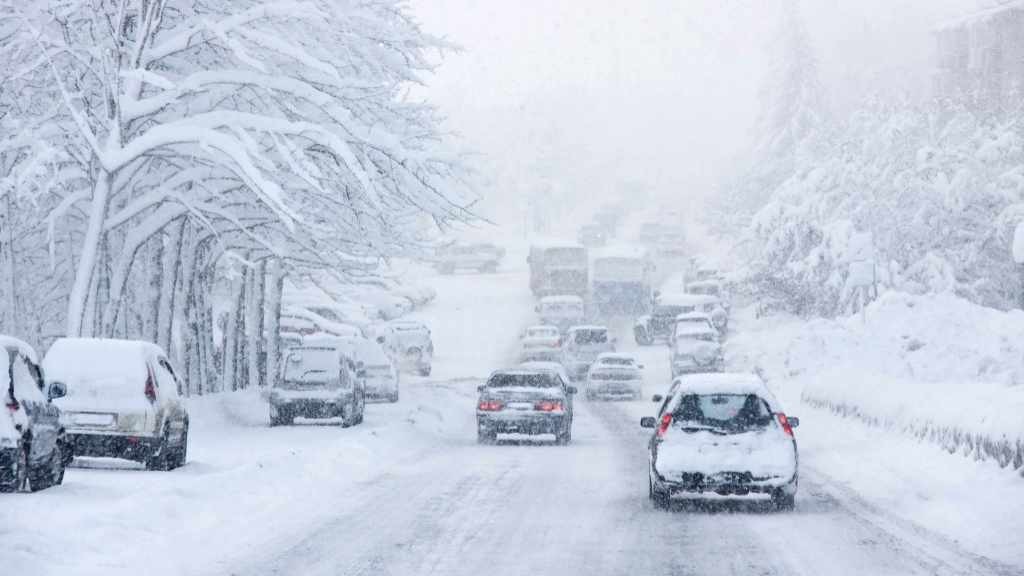-
Keep Safe During a Major Winter Snowstorm

As the National Weather Service pays close attention to a major winter storm approaching much of eastern part of the United States, health care providers are issuing caution to those impacted. Hospital emergency departments see an influx of weather-related injuries with each snowstorm. Mayo Clinic emergency medicine specialist Dr. David Nestler says falls are among the most common emergencies. "The snow and ice make it easy to slip and fall. We see many, many broken bones because of that." Weather-related vehicle accidents, heart attacks triggered while shoveling snow and exposure injuries, like frostbite, also send more people to emergency rooms.
Click on the links below to see previous Mayo Clinic News Network posts:
- Fearful of Frostbite?
- Winter's Severe Cold Snap Calls for Extra Dose of Caution
- Slipping, Sliding and Snow Shoveling Season
- Winter Health: Common Sense Decisions and Smart Preparations
Here are some tips from physicians at Mayo Clinic Health System for injury-free snow shoveling:
- If you're inactive and have a history of heart trouble, talk to your doctor — stop if you feel tightness in your chest. Heart attacks increase significantly in the winter months, particularly while people are shoveling snow.
- Drink plenty of water. Dehydration is just as possible when you exert yourself in cold winter months as it is in the summer.
- Dress warmly. Dress in several layers so you can remove a layer as needed.
- Do not shovel while eating or smoking. Avoid caffeine or nicotine before you begin shoveling. This may place extra stress on the heart.
- Warm up your muscles in your arms and legs. Walk for a few minutes and stretch your arms and legs before shoveling. Warm muscles are less likely to be injured and work more efficiently.
- Take it slow! Pace yourself and take breaks. Keep a cell phone handy in case of emergency.
- Don’t pick up too much snow at once. Use a small shovel, or fill it only one-fourth to one-half if you use a large shovel. If necessary, just push the snow as you shovel. It is easier on your back. Keep the load of snow as close to you as possible.
- Protect your back. Bend from the knees, not your back. Lift with your legs bent, stand with your feet about hip width for balance and keep the shovel close to your body. Try not to twist. If you move the snow to one side move your feet to face the direction the snow will be going.
- Clear snow as soon as it stops falling. Freshly fallen snow is lighter.
- Most importantly – listen to your body! Stop if you feel tired.







